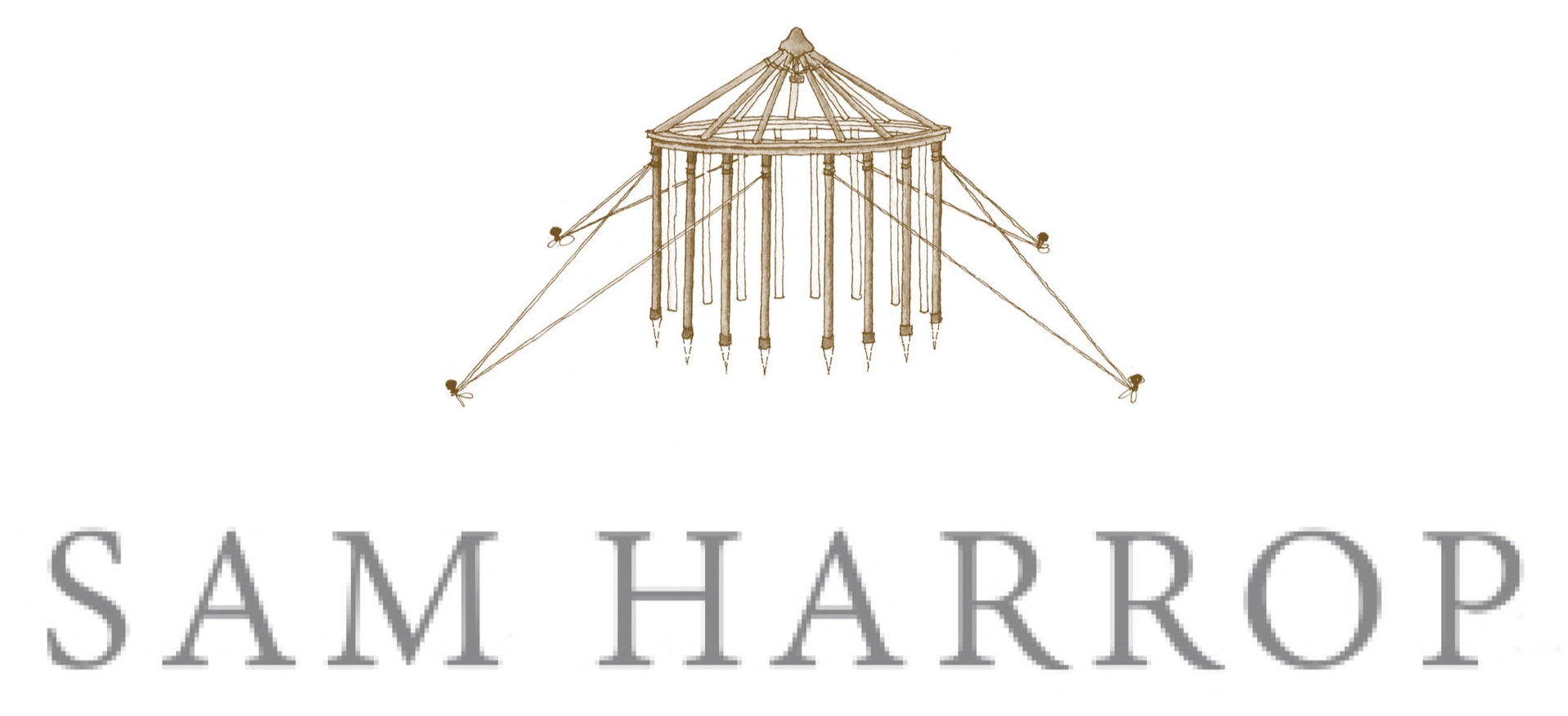How Low Can You Go?
The trend to more mindful drinking has been growing globally for a few years now, with most statistics showing that drinkers in most countries desire to decrease their alcohol consumption. In the last year it seems to have hit mainstream New Zealand hard and fast. Even during the pandemic – a time we might assume consumption would increase – alcohol consumption has remained the same or less.
There are a range of reasons for this, but probably the most significant is growing awareness and value on health and wellbeing.
Alcohol producers have responded to the challenge with zeal. Garage Project ‘Fugazi’; Brew Dog ‘Nanny State’; Peroni Libera; Heineken 0. The number of low or no-alcohol beers keeps increasing – as do their market share. Ditto the ever-increasing range of hipster-tastic, white spirit or cider based drinks like Pals, Long White and Zeffer.
Predictably, the wine industry is a beat behind, but this won’t be the case for long, with big names like Giesen (0% Marlborough Sauvignon Blanc) and Jacobs Creek (‘Unvined’) paving the way in the mid-lower price offering.
In the premium wine categories as well, we have finally seen trend to more moderate alcohol levels (if not low/no alcohol) following a 30 year love affair with the ‘big and bold’ styles favoured by omnipotent U.S. wine critic Robert Parker. These overly ripe styles often bordered on 14% + alcohol and many were achieved using excessive winemaking intervention including oak, oxygen and preservatives. Since Parker’s retirement, a new breed of winegrowers have begun focusing on achieving site expression and quality through balanced winemaking. They choose superior sites, reduced yields and harvest at lower sugars in a low intervention way. As well as wonderfully site expressive wines, an outcome of this winemaking style is lowered alcohol – usually around 12%.
So, back to ‘low/no’ wines, where do I stand? Well, firstly let’s separate them out and also be clear I am talking here about drier wine styles, which seem to be the predominant offering in low/no due to their lower calorie content. In choosing a no alcohol wine (where the finished wine is subjected to further manipulations like spinning cone technology or reverse osmosis) you are choosing a very different beverage indeed. While it may be possible to strip the alcohol from highly commercialised products like RTDs and beer without massively compromising the finished product, the case is simply not the same for wine.
When it comes to the low alcohol wines on offer at present, most are between 8-11% alcohol (versus 13-14.5%). In order to achieve this lowered alcohol in a drier style the grapes are picked too early to achieve optimum flavours and are often subject to intervention that impacts final quality. With this in mind, I am not a fan.
With both the low and no styles, some of the aromas may be similar (if drastically reduced) to regular wine, but where they completely fail is in texture.
Without reintroducing sugars (and in turn acidification to balance) the end result is a thin and insipid shadow of a wine. Honestly you would be better off buying a good bottle of wine and diluting it with soda water – at least you know the fruit that went into it was ripe, and the only extra manipulation it’s received is you turning it into a spritzer!
In my opinion, if you’re a wine enthusiast looking to pare back consumption, absolutely try the fantastic low/no alcohol seltzer-style drinks or beers on offer, but safe-guard your wine enjoyment by choosing the higher quality, more balanced wines made by the new breed of winegrowers. In this way you get naturally lower alcohol (12%) without the compromise.
WANT TO LEARN MORE?
Check out my selection of 6 naturally lower alcohol wines below – I’d love to hear what you think!
